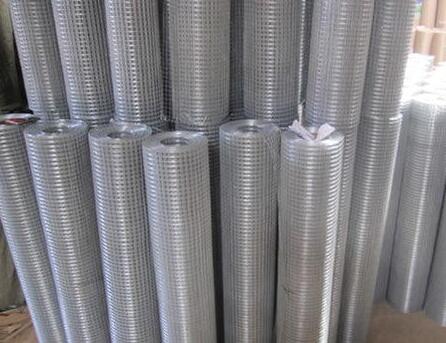Understanding Different Types of Drywall Screws
When it comes to hanging drywall and completing your interior construction projects, the right fasteners can make all the difference. Drywall screws are specifically designed to hold drywall sheets together and securely attach them to wood or metal framing. While they may seem straightforward, there are several types of drywall screws, each with unique characteristics tailored for specific applications. This article will explore the different types of drywall screws, their purposes, and how to choose the right one for your project.
1. Types of Drywall Screws
Drywall screws come in various lengths, thread types, and finishes. The two primary types of drywall screws are coarse-thread screws and fine-thread screws.
- Coarse-Thread Screws These screws have deeper threads and are typically used for attaching drywall to wood studs. The coarse threads provide a better grip in soft materials, ensuring a secure hold without stripping the wood. Coarse-thread screws are usually found in lengths ranging from 1 inch to 2.5 inches, allowing for versatility in different installations.
- Fine-Thread Screws Fine-thread screws have shallower threads and are designed for attaching drywall to metal studs or other dense materials. The finer threads help prevent the screw from pulling through the material while providing a strong connection. Fine-thread screws are often used in commercial constructions where steel framing is prevalent. They are generally available in similar lengths to coarse-thread screws.
2. Screw Head Types
The head type of a drywall screw is another factor that can affect the type of project you are working on
. The most common head types are- Phillips Head This is the most standard screw head used for drywall screws. It allows for a good grip with a standard Phillips screwdriver, making it easy to drive the screws into place. The design also helps reduce the chances of stripping the screw head.
- Square (Robertson) Head Square-head screws provide a more secure grip than Phillips heads and are less likely to slip when driving them into place. This feature can be particularly useful when working overhead or in tight spaces.
different types of drywall screws

- Bugle Head The bugle-head design features a gradual slope leading to the screw head, allowing it to recess neatly into the surface of the drywall without tearing the paper. This design is essential for finishing drywall work, as it helps ensure a smooth surface for taping and mudding.
3. Finishes and Coatings
The finish of a drywall screw can also impact its application
- Zinc Plated Zinc-plated screws are corrosion-resistant and suitable for dry indoor environments. This finish prevents rust, making it ideal for areas with minimal moisture.
- Black Phosphate These screws come with a black coating that reduces the risk of rust, making them suitable for light exposure to moisture. They are often used in areas where a more discreet appearance is desired.
- Self-Drilling Self-drilling drywall screws have a pointed tip that allows the screw to penetrate materials without the need for pre-drilling. This feature saves time during installation and is particularly useful for applications in steel framing.
4. Choosing the Right Screw
Selecting the right drywall screw for your project depends on various factors, including the type of studs (wood or metal), the thickness of the drywall, and whether the installation is for a humid or dry environment. Always consider the length, thread type, head style, and finish of the screws to ensure they meet the demands of your specific project.
Conclusion
Understanding the different types of drywall screws is essential for anyone undertaking drywall installation projects. By selecting the appropriate screws, you can ensure your drywall installation is secure, durable, and visually appealing. Whether you're working with wood studs, metal framing, or specific environmental conditions, there's a drywall screw designed to meet your needs. So the next time you're on a construction site or a home improvement project, remember to choose wisely!

















